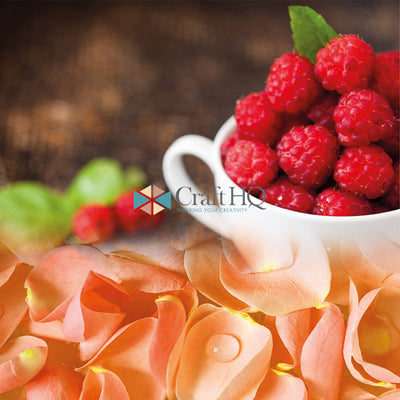CLP advice you should ignore

There is a wealth of information available online about everything, and CLP regulations and legislation is no different.
As important as it is to know where to find the correct legal information, it is just as important to be able to spot what information is false and needs ignoring.
But how do you do that?
Be wary of advice in Facebook Groups

One of the most useful places when starting out on your candle making journey is social media. Not only for building your business and attracting your customer base but also to build relationships and to learn from others' mistakes and stumbles along the way.
Facebook is a huge platform with a wealth of information and support. There are many groups dedicated to wax melt and candle making where hundreds and thousands of people that are starting out and experienced can come together and learn.
Often you will find lots of helpful tips and tricks for making products and you can even find a lot of inspirational people that have taken their business to the next level and are willing to help and support those who are starting out on their journey.
The key is to always triple check the information you receive. When it comes to tips about making and ideas that you could implement to help you maximise your time and productivity it’s worth giving it a go.
Items such as piston funnels and buffalo soup kettles are recommended a lot in groups and are, depending on your set up and circumstances, usually always worth getting. Trust us, we've been there!
The most controversial posts are almost always around CLP labelling, being compliant and so on.
Some of these posts and comments that arise around these subjects can be distressing and often unnecessarily so, it is vital for you, as the business owner, to understand the legislation, the reasons for the law and what you need to do to ensure your products are compliant and safe for the public.
Here is a helpful article we've written detailing what to look out for with CLP.
You need the SDS!

One of the most misleading and controversial posts are often from people putting a photo of a CLP label asking if it is correct.
This almost always leads to people jumping onto the post and stating that the label is wrong, it is missing items, or it has extra information that’s not needed.
The most important thing to remember here is that without the accompanying SDS (safety data sheet) it is impossible to tell if the label is correct or not.
The information for the CLP label is taken directly from the SDS sheet that is required.
The main point to remember is that as a business owner you need to be aware of the legislation, what it means and how to adhere to it. You are the one placing these potentially harmful items onto the open market so you need to be the one who is 100% certain they are safely labeled.
You can read the ECHA Guidelines here.
We are always here to offer our support and to teach you what you need to know, so you can provide your customers with the best and safe products.
Conclusion
Feel free to listen to other people's opinions on what they think is right and wrong, but always double check against the guidance to be certain your products are CLP compliant.
Finally, please never listen to anyone who tells you a CLP label is incorrect if they haven't seen the SDS to go alongside it.
If you need help and advice regarding CLP, we are here to help, simply contact us.







I need some information on crystals do they need clp and a good formula to get the standard that is legal. I am looking at adding them to my range but i want to make sure i have the correct calculations with ingredients. I have looked on no end of sites and all say different. Please help!
Leave a comment